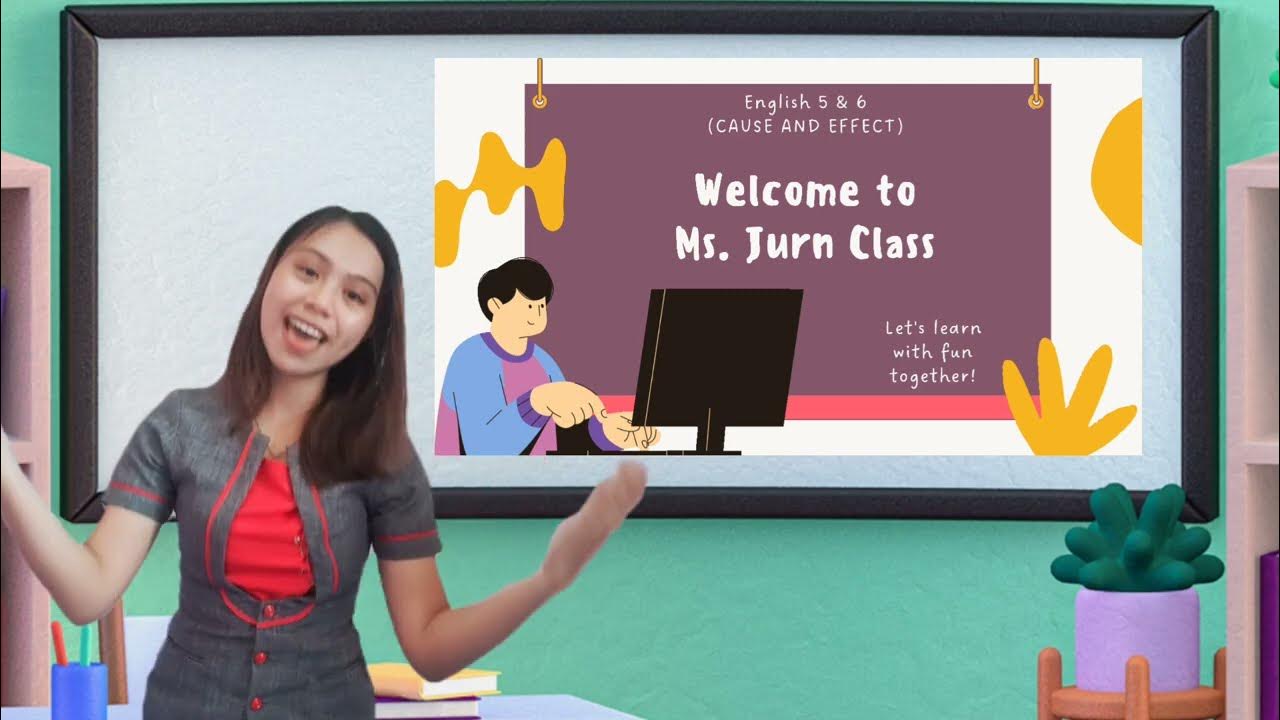With clear language and learning outcomes, a CLIL lesson can help students achieve the objectives
Summary
TLDRIn this interactive geography lesson, the teacher introduces the concept of deforestation and its negative effects on the environment. Students engage in a hands-on game where they plant and cut trees, learning how forests grow when more trees are planted than cut. The lesson focuses on the importance of sustainable forestry—growing more trees than are cut—and explores ways to prevent deforestation. By the end of the class, students are expected to understand deforestation, explain sustainable practices, and identify key actions to protect forests.
Takeaways
- 😀 Deforestation refers to the practice of cutting down trees, often faster than they can grow back.
- 🌍 The negative effects of deforestation include loss of biodiversity, climate change, and soil erosion.
- 🌱 Sustainable forestry involves planting more trees than are cut down, ensuring forests continue to thrive.
- 🌲 Deforestation leads to the depletion of forests, which are essential for absorbing carbon dioxide and providing habitats.
- 🛑 When we cut down more trees than we plant, it leads to deforestation and the destruction of forests.
- 👍 When we plant more trees than we cut, it results in sustainable forestry, helping forests grow and regenerate.
- 💡 Key actions to prevent deforestation include responsible use of paper and wood, planting trees, and supporting sustainable products.
- 🎮 The class engaged in a game to demonstrate the concepts of deforestation and sustainable forestry by physically planting and cutting trees.
- 📝 Students were encouraged to reflect on how they can help keep forests growing through sustainable practices.
- 🌳 The game illustrated that balancing tree planting with tree cutting leads to a healthy forest, while cutting too many trees leads to deforestation.
- ✍️ At the end of the lesson, students were tasked with writing a short paragraph explaining how they can help prevent deforestation.
Q & A
What is deforestation?
-Deforestation is the process of cutting down trees, often in large numbers, which can lead to the destruction of forests.
What is the main objective of today's geography lesson?
-The main objective is for students to understand the negative effects of deforestation, how to prevent it, and how to practice sustainable forestry.
What are the negative effects of deforestation?
-Negative effects of deforestation include loss of biodiversity, disruption of ecosystems, and contribution to climate change through increased carbon emissions.
How can deforestation be prevented?
-Deforestation can be prevented by planting more trees than are cut down, practicing sustainable forestry, and supporting policies that protect forests.
What is sustainable forestry?
-Sustainable forestry involves managing forests in a way that meets the needs of the present without compromising the ability of future generations to meet their own needs, such as by planting more trees than are cut down.
Why is planting more trees than cutting them down important?
-Planting more trees than cutting them down helps ensure that forests grow and thrive, maintaining biodiversity and supporting ecological balance.
What happens when we cut down more trees than we plant?
-When more trees are cut down than are planted, it leads to deforestation, which results in the destruction of forests and the loss of natural habitats.
What was the purpose of the game played during the lesson?
-The game was designed to demonstrate the balance between planting and cutting down trees. It showed how deforestation happens when trees are cut down faster than they are replaced, and how sustainable forestry helps forests grow.
What does it mean when a forest 'grows like a new forest'?
-It means that when more trees are planted than cut down, the forest continues to regenerate and expand, supporting a healthy ecosystem.
Why is it important for students to identify key steps in forest conservation?
-Identifying key steps helps students understand the practical actions they can take to prevent deforestation and contribute to the protection and preservation of forests.
Outlines

This section is available to paid users only. Please upgrade to access this part.
Upgrade NowMindmap

This section is available to paid users only. Please upgrade to access this part.
Upgrade NowKeywords

This section is available to paid users only. Please upgrade to access this part.
Upgrade NowHighlights

This section is available to paid users only. Please upgrade to access this part.
Upgrade NowTranscripts

This section is available to paid users only. Please upgrade to access this part.
Upgrade NowBrowse More Related Video

IMPACTOS AMBIENTAIS E SUSTENTABILIDADE: RESUMO DE GEOGRAFIA PARA O ENCCEJA | DESCOMPLICA

Teaching Demonstration in Multi Grade Teaching- English 5 and 6

BELAJAR FOTOSINTESIS BERBASIS STEM-PjBL_Kelas IV Semester I

Conheça quais são os 5 PRINCIPAIS CONCEITOS da Geografia

MATH 6 QUARTER 2 WEEK 7 LESSON 2 | COMPARING AND ARRANGING INTEGERS

Pembelajaran Berdiferensiasi pada Materi Penjumlahan dan Pengurangan Bilangan Bulat
5.0 / 5 (0 votes)